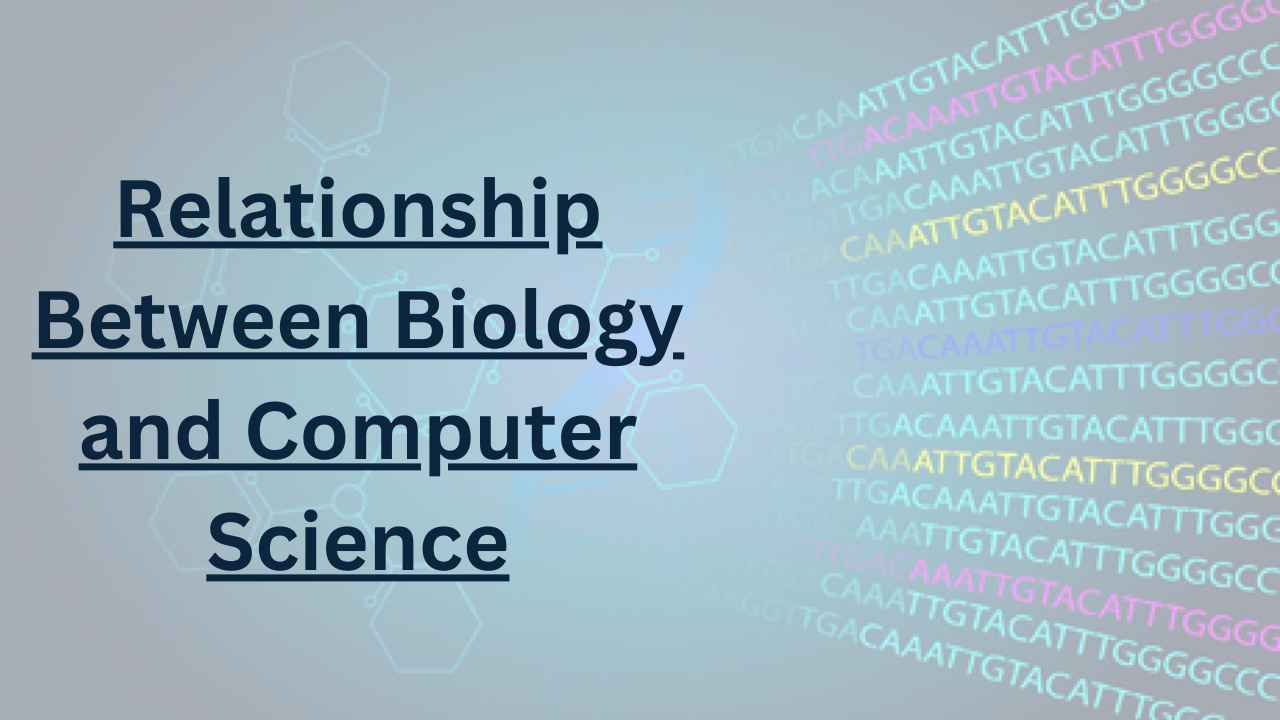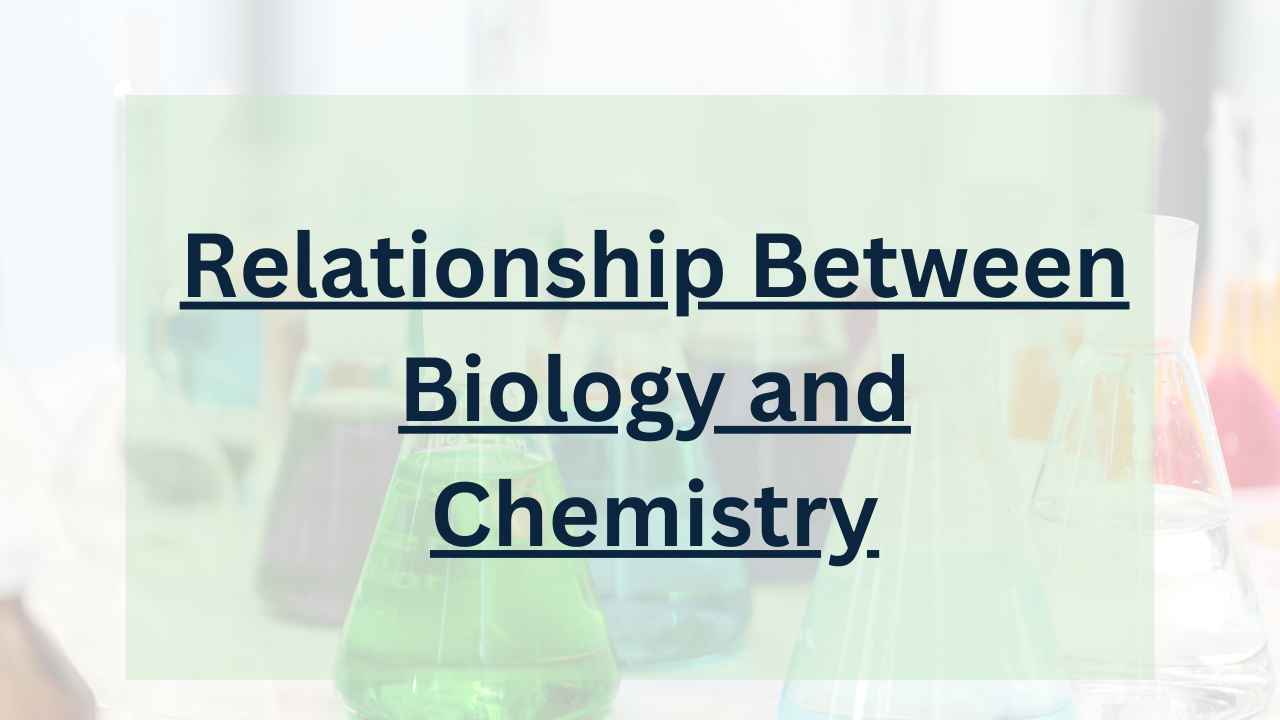Relationship Between Biology And Physics-Eduinput
Biology is the study of living organisms and their functions, while physics is the study of matter and energy and how they interact with each other.
The Interdisciplinary relationship between biology and other sciences like Mathematics and chemistry has led humans to the development of new technologies to aid their life. But its relation with physics is particularly important in understanding biological processes such as protein folding and biomechanics.
How Biology Benefits from Physics?
Physics has great impact in biology. Its major contributions to biology is through imaging techniques like X-rays, computed tomography (CT) scans, and magnetic resonance imaging (MRI). These imaging techniques use physics principles to create images of the body’s internal structures, which are crucial for diagnosing and treating diseases.
For example, MRI scans use magnetic fields and radio waves to produce detailed images of the body’s organs and tissues, making them an essential tool for doctors and researchers.
Physics principles are used to develop new instruments and tools for studying biological systems. Atomic force microscopy (AFM), for example, uses a tiny probe to measure the properties of surfaces at the nanoscale.
AFM has been used to study the structure and properties of biological molecules, including DNA and proteins, leading to a better understanding of these essential components of life.
How Physics Benefits from Biology?
Physics also uses biology in different ways. Biophysics is most common example, that applies principles of physics to understand biological systems. Biophysics is used to study many biological processes, including protein folding, which is essential to understanding the function of these complex molecules.
The principles of thermodynamics and quantum mechanics are used to predict the behavior of proteins, leading to a better understanding of how they work.
Biomechanics is another example, which studies how living organisms move and how forces interact with their bodies. Biomechanics is essential for developing prosthetic devices and treatments for injuries. Physics principles such as mechanics, kinematics, and fluid dynamics are used to study biomechanics and improve the quality of life for those who need these devices.
Examples
Here are few examples showing how Biology and Physics interacts:
Cochlear Implants
One example of the relationship between biology and physics is in the development of cochlear implants. Cochlear implants use electrodes to stimulate the auditory nerve and allow individuals with severe hearing loss to hear.
Physics principles such as electricity and magnetism are used to design and develop the implant, while biology principles are used to understand the structure and function of the ear and auditory nerve.
Magnetic resonance imaging (MRI)
Another example is in the study of the human brain. Magnetic resonance imaging (MRI) is used to study the structure and function of the brain, while the principles of physics are used to develop techniques such as functional MRI. It allows researchers to see which areas of the brain are active during specific tasks.

 written by
written by 





Leave a Reply